The grocery industry will have an “enormous opportunity” to take the lead in using mobile and wearable technology to boost the shopper experience, the IGD has predicted.
The latest IGD ShopperVista research unveiled at it’s Online & Digital Summit 2014 this week, showed that 43% of shoppers could envisage using wearable technology devices in future, such as smart glasses and smart watches to shop for groceries.
Just under half – 45% – believe such devices could make life more convenient, 62% of those shopping for groceries say they would be interested in getting special offers in-store sent to their wearable device and 61% would be interested in using it to redeem or collect loyalty points.
Shoppers would also be keen to use their smartphones with a particular emphasis helping them stick to a budget and search out the best deals.
The research found that 41% would like to scan their shopping with their phones to keep a running total and accelerate checkout, 39% would be interested in being alerted to special offers when they are in different parts of a store on their phone, and 36% say they already, or would like to, use their phone when they are in a shop to see if somewhere else can offer a better price.
IGD chief executive Joanne Denney-Finch said savvy shopping tactics were now the norm, which had enormous implications for any upcoming digital technology that could tap into this trend.
“We are operating in an increasingly multichannel environment, with half of shoppers now believing it’s more convenient to shop around and use different formats for their grocery shopping – including digital and online.”
However, she said that there was “evidently a gap” between what shoppers say they would like to use their smartphones and mobile technology for versus what they actually did.
“Our research showed that 58% of shoppers prefer a paper coupon or voucher to keep in their wallet or purse, versus 32% who would prefer a virtual coupon on their smartphone.
“There will come a tipping point when the food and grocery industry will have an enormous opportunity to take the lead in this field, by ensuring we are creating innovative, practical uses for mobile and wearable technology that will help to make life as easy as possible for shoppers, Denney-Finch said.
The IGD said it could not put an exact timescale on when the tipping point would arrive.
However 9% of main grocery shoppers already own a “phablet” – a smartphone/tablet hybrid – and 27% say they will upgrade or buy one of these in the next year.
It believes if this intent turns into actual purchase, and the growth is similar what has been seen with shoppers using tablets for online shopping, it foresees “a significant impact on the industry”.
Denney-Finch added: “With smartphones and tablets still very popular and wearable technology catching up, this is a great time for the industry to ensure we’re ahead of the curve and offering a seamless experience for shoppers.”







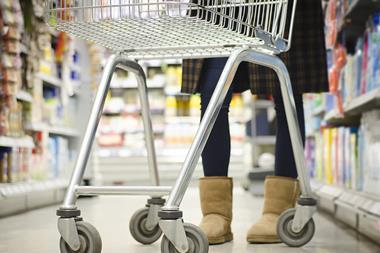

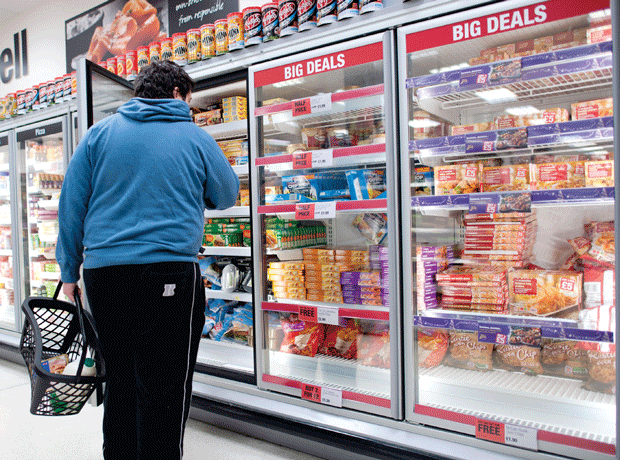
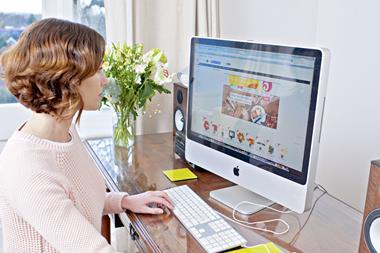

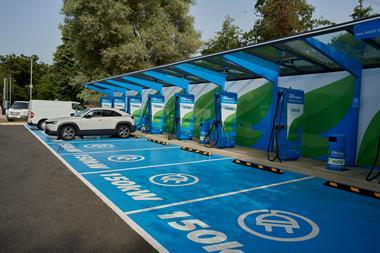
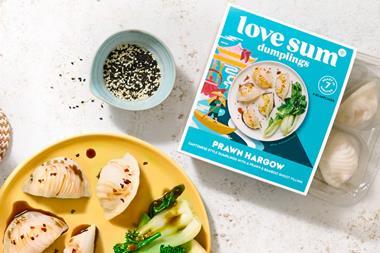





No comments yet